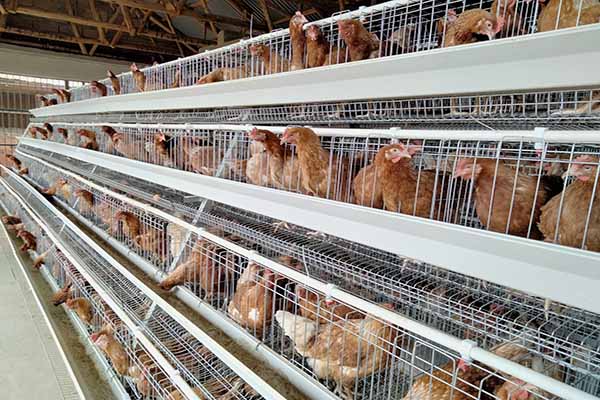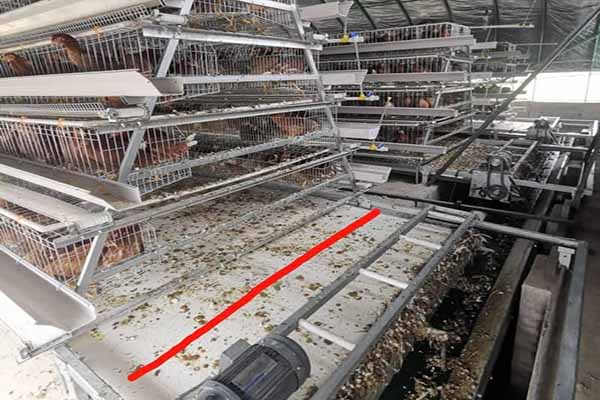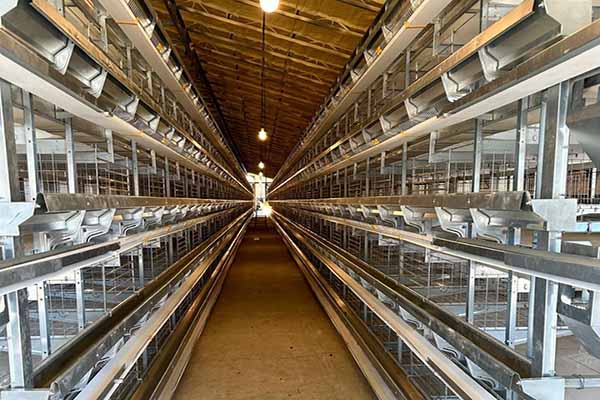Battery Cages for 20,000 Chickens: A Tanzania Case Study
With the rapid growth of the poultry industry in Tanzania, many farmers are seeking efficient and humane ways to house their chickens. One of the most common solutions is the use of battery cages for large-scale poultry operations. This article delves into the implementation of battery cages for housing 20,000 chickens in Tanzania, highlighting key considerations and benefits.
Overview of Battery Cages
Battery cages are a type of confined housing system designed for raising chickens. They consist of individual compartments where each bird is housed separately. These cages are commonly used in commercial poultry farming due to their ability to maximize space efficiency and facilitate management.
Case Study: Tanzania’s 20,000 Chicken Operation
In Tanzania, a leading poultry farm has successfully implemented battery cages to accommodate 20,000 chickens. The following points outline the key aspects of this project:

- Initial Investment: The farm invested approximately $50,000 in constructing the battery cage system.
- Space Utilization: Each battery cage measures 0.3 square meters, providing ample space for each chicken.
- Energy Efficiency: The farm installed energy-efficient lighting to reduce electricity costs and promote natural sleep patterns in the chickens.
- Health Monitoring: Regular health checks and vaccinations are conducted to ensure the well-being of the flock.
- Productivity: The farm has reported an average of 95% egg production and 92% live weight gain amon
 g the chickens.
g the chickens.
These results demonstrate the effectiveness of battery cages in supporting large-scale poultry farming operations in Tanzania.
Key Considerations for Implementing Battery Cages
- Regulatory Compliance: Ensure that the battery cage system adheres to local regulations and standards for animal welfare.
- Environmental Controls: Monitor temperature, humidity, and air quality within the cages to create a healthy environment for the chickens.
- Management Practices: Implement a clear and consistent management plan to ensure optimal performance and reduce risks.
Conclusion
Investing in battery cages for a 20,000 chicken operation in Tanzania can be a cost-effective and efficient solution for large-scale poultry farming. By adhering to best practices and considering the key factors outlined in this article, farmers can maximize their profits and contribute to the growth of the poultry industry in Tanzania.
Are you considering a battery cage system for your poultry farm? Contact us today for a free, personalized chicken farming design and equipment quotation. We’re here to help you succeed in the poultry industry!





